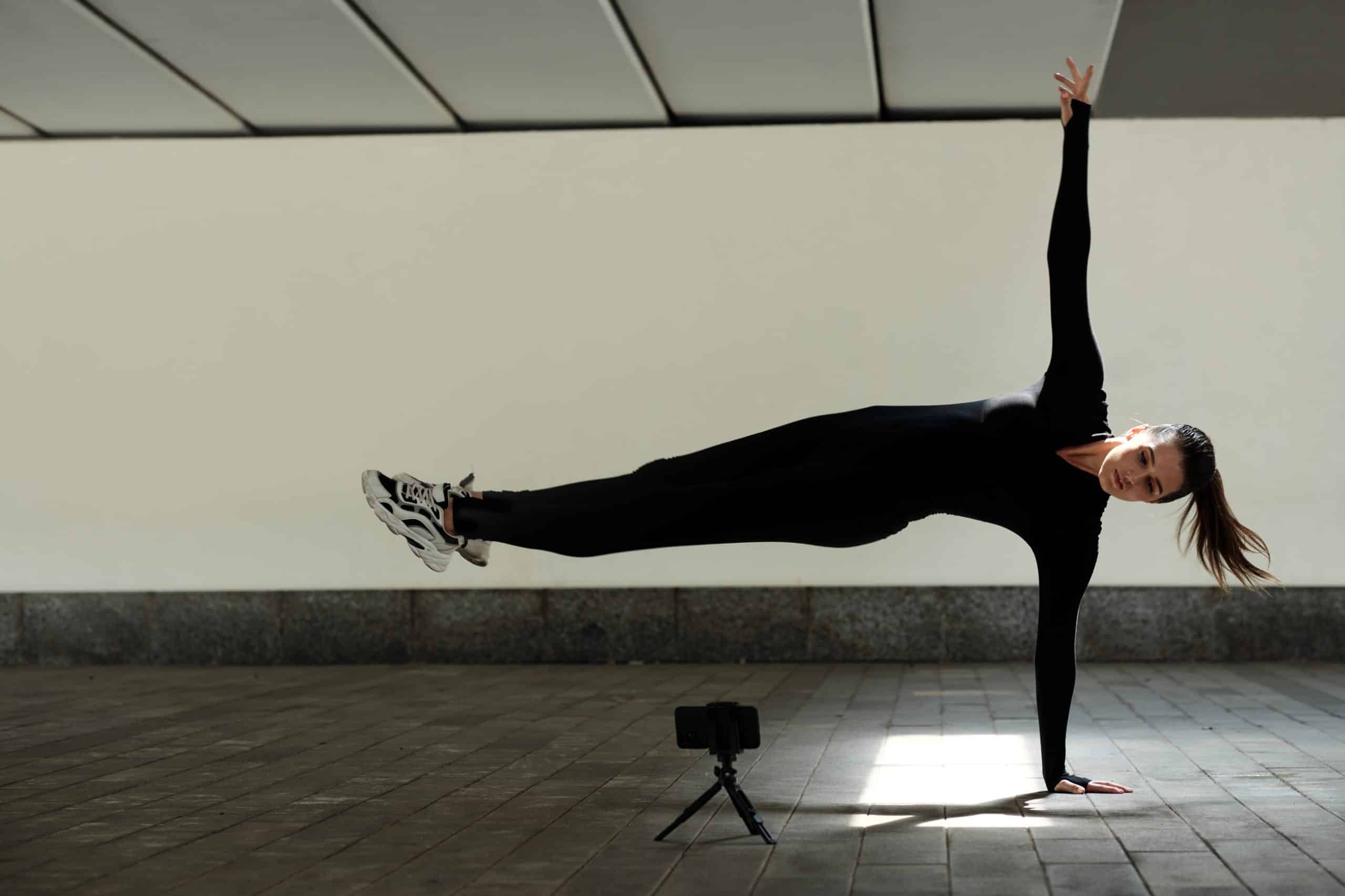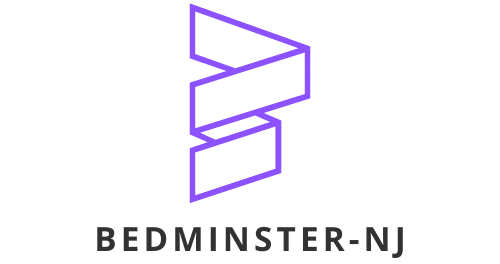How Can Real-Time Oxygen Utilization Monitoring Shape Training Regimens for Biathletes?

The world of physical training is evolving at a remarkable speed, with technology playing a central role in this evolution. The emerging field of real-time oxygen utilization monitoring is one such technology with the potential to revolutionize how biathletes – those who participate in a winter sport that combines cross-country skiing and rifle shooting – train. This article delves into the potential impact of real-time oxygen utilization monitoring on the training regimens of these athletes, with an emphasis on Firstbeat, a leading brand in the world of physiological performance and stress monitoring.
Firstbeat and Modern Training Regimens
In recent years, Firstbeat has emerged as a go-to resource for a wide range of sports and fitness enthusiasts. It offers comprehensive, data-driven solutions that provide insights into an individual’s stress levels, physical performance, and overall health. But how can it shape the training regimens of biathletes?
En parallèle : What Are the Nutritional Strategies to Combat Muscle Fatigue in Stage Cycling Races?
Firstbeat uses Heart Rate Variability (HRV) to provide real-time feedback on an individual’s physiological state. This data can be invaluable for biathletes, who need to carefully manage their energy levels to succeed in both skiing at high speed and maintaining steady aim for shooting. HRV data can determine when an athlete is approaching their maximum capacity, thus helping them avoid overtraining and subsequent burnout.
Additionally, Firstbeat’s tech tools can provide insights into an athlete’s sleep patterns and stress levels, both essential for optimal performance and recovery. Through these insights, biathletes can tweak their training regimen to ensure they are getting the necessary rest and managing stress effectively.
En parallèle : How to Manage Hydration and Salt Balance During Extreme Endurance Events?
Google Scholar and PubMed: A Wealth of Information
To understand the science behind Firstbeat and HRV monitoring, one can turn to two well-respected sources of peer-reviewed literature: Google Scholar and PubMed. These platforms offer a wealth of studies and papers on the topic, many of which highlight the benefits of HRV monitoring in athletic training.
One such study, a randomized controlled trial published in PubMed, revealed that HRV-guided training significantly improved the performance of endurance athletes compared to traditional training methods. This is largely due to the fact that HRV-guided training allows for individualized training plans that account for an athlete’s physiological responses to exercise, thus maximizing performance while minimizing the risk of overtraining.
The Role of Real-Time Oxygen Utilization Monitoring
Real-time oxygen utilization monitoring is a critical component of any HRV-guided training regimen. For biathletes, this data is vital in optimizing their performance across both disciplines of their sport.
When an athlete engages in strenuous physical exercise, their heart rate increases, and so does their demand for oxygen. By monitoring this in real-time, athletes and their coaches can gain a deeper understanding of how the athlete’s body responds to different intensities and types of exercise. This can help to create a more tailored, efficient training regimen that optimizes oxygen utilization, thus enhancing performance.
For instance, a biathlete might find that they use oxygen more efficiently when they maintain a certain skiing speed or that they need to slow their pace slightly to ensure they have enough energy for the shooting component of their event. With real-time data, these insights can be acted upon immediately rather than waiting until after a training session or race to review performance.
Implications for Different Age Groups: Adults and Children
While research and data from Firstbeat and other real-time monitoring tools are often directed towards adults, there are also important implications for children and young athletes. As they are still developing, it’s crucial to ensure they are not overtraining and that their physical health is prioritized.
With Firstbeat and real-time oxygen utilization monitoring, coaches and parents can keep a close eye on a young athlete’s physiological responses to training. This allows for a healthier progression into their sport, ensuring they are not pushing themselves too hard and risking injury or burnout.
In the case of biathletes, this technology might mean the difference between a sustainable, enjoyable progression in the sport versus a path that leads to overtraining and potential health problems. It’s an exciting prospect, one that has the potential to significantly shape the future of biathlon training for adults and children alike.
Without a doubt, real-time oxygen utilization monitoring, with the support of Firstbeat technology and the science of HRV, is poised to transform the training regimens of biathletes. As this technology continues to evolve and become more accessible, the potential for optimizing athletic performance across sports and age groups is vast and thrilling.
Effect on Training Strategies for Biathletes: Case Studies
A closer look at specific instances can provide us with a clearer picture of how real-time oxygen utilization monitoring can influence the training strategies of biathletes. Several case studies available on Google Scholar and PubMed reveal the potency of integrating Firstbeat technology into training regimens.
One experimental study from Google Scholar depicts a biathlete who, after incorporating Firstbeat’s HRV and oxygen utilization data, was able to improve their skiing speed without compromising their shooting accuracy. The real-time data helped the athlete identify the optimal pace which would not lead to oxygen depletion and disruptive physiological stress.
Another randomized controlled trial published on PubMed highlighted how HRV Firstbeat-guided training not only prevented overtraining in biathletes but also improved their stress recovery rate. Biathletes were able to adjust their training intensity based on their real-time HRV data, effectively managing their physical stress and ensuring adequate recovery.
These findings underscore the immense benefits that real-time oxygen utilization monitoring and HRV data can offer to biathletes. The integration of such technologies into their training routine can substantially enhance their performance, prevent injuries, and promote their overall well-being.
Conclusion: A Groundbreaking Approach to Biathletes’ Training
In conclusion, the advent of real-time oxygen utilization monitoring and technologies like Firstbeat mark a groundbreaking shift in the training regimens of biathletes. By providing a deep understanding of physiological responses to physical activity, such technologies enable the formulation of highly individualized training plans that optimize performance and promote effective stress recovery.
The wealth of peer-reviewed literature available on platforms like Google Scholar and PubMed attests to the efficacy of this approach. From controlled trials to cross-sectional studies, the scientific community is increasingly recognizing the value of HRV-guided training and real-time oxygen utilization monitoring.
This innovation is not only significant for adult biathletes but also for young, aspiring athletes. The ability to monitor and manage physiological responses to training effectively can ensure a healthier progression in the sport, preventing overtraining and potential health problems.
As this technology continues to evolve and be embraced, the future of biathlon training appears to be one of enhanced performance, optimized well-being, and sustainable growth. The era of guesswork in training is being replaced by data-driven, tailored regimens, making sports training a more scientific and effective domain.
